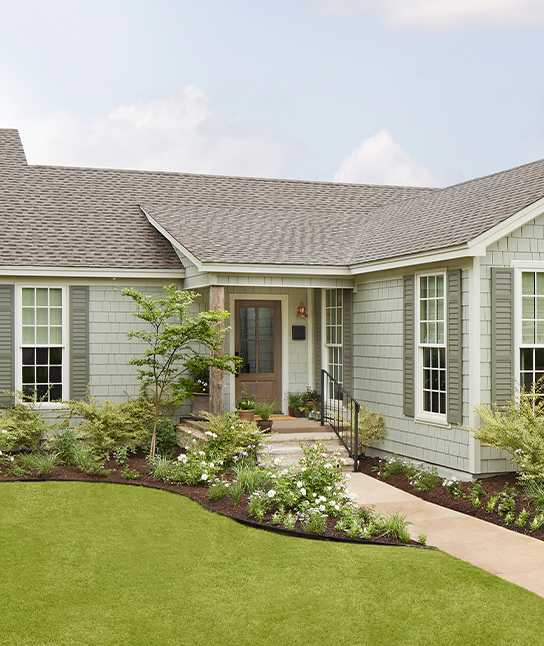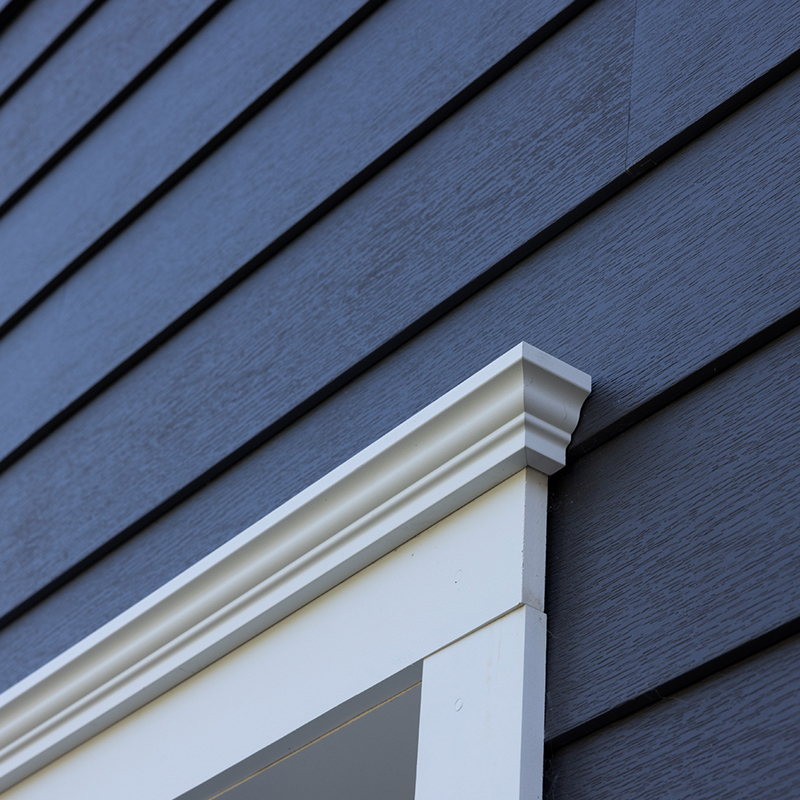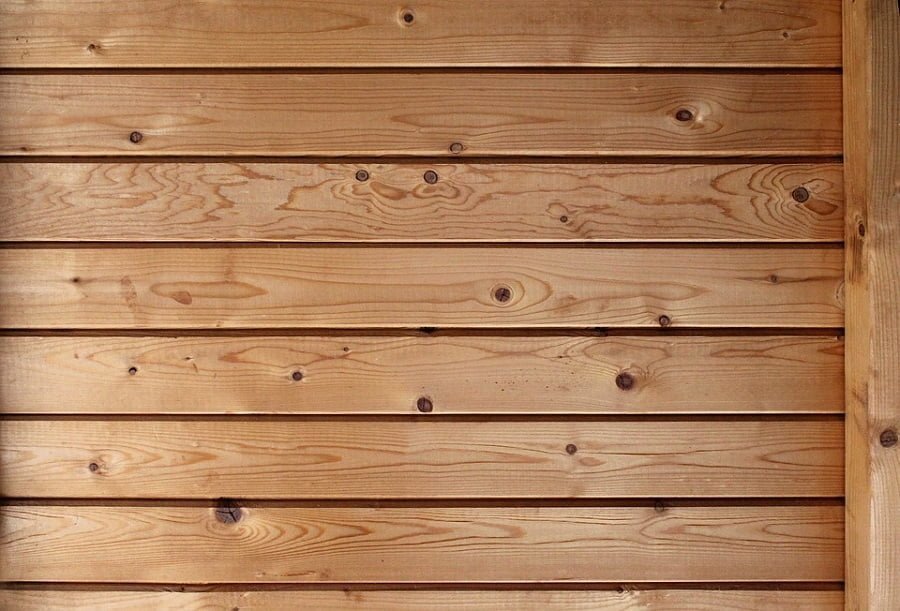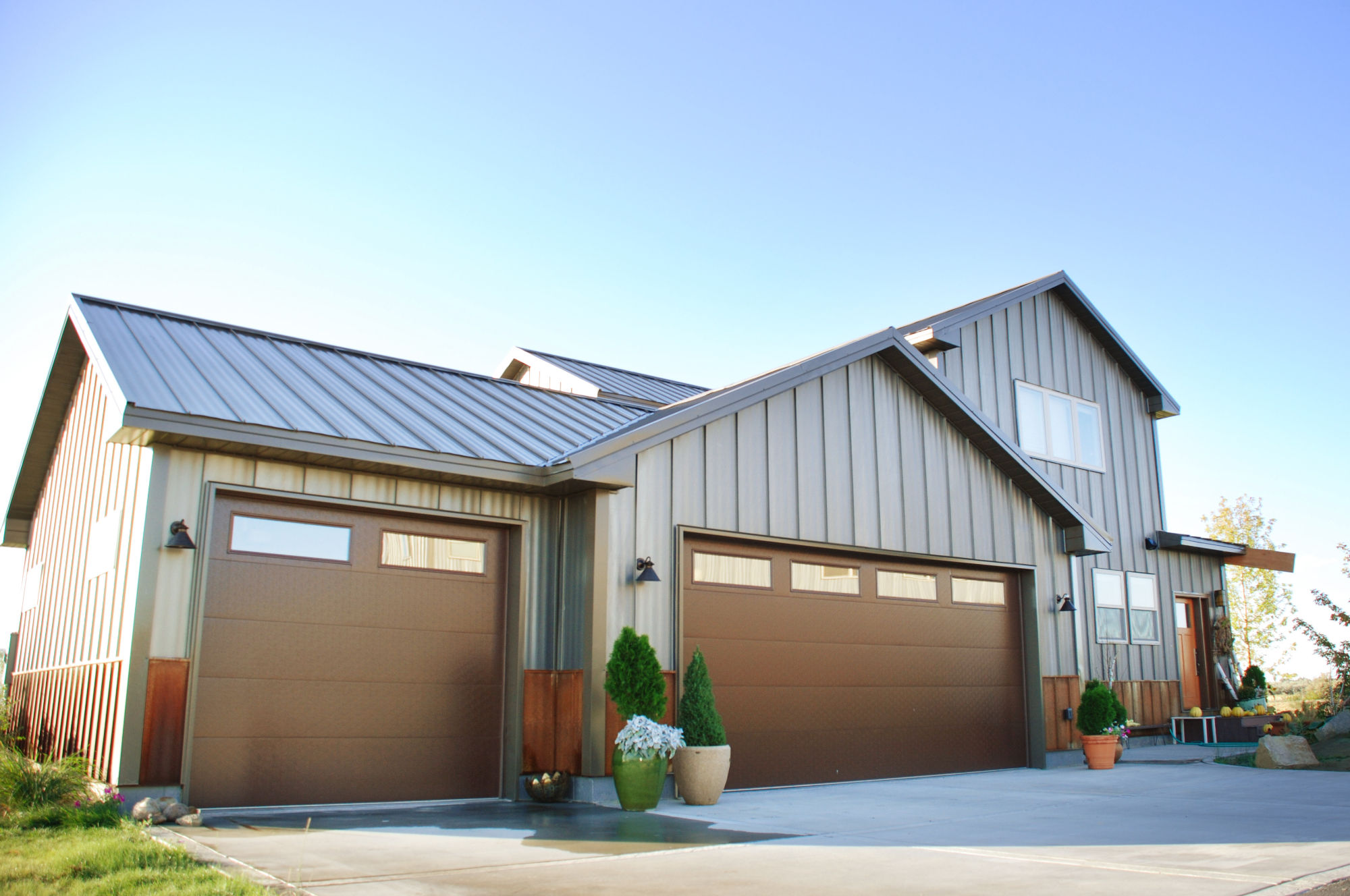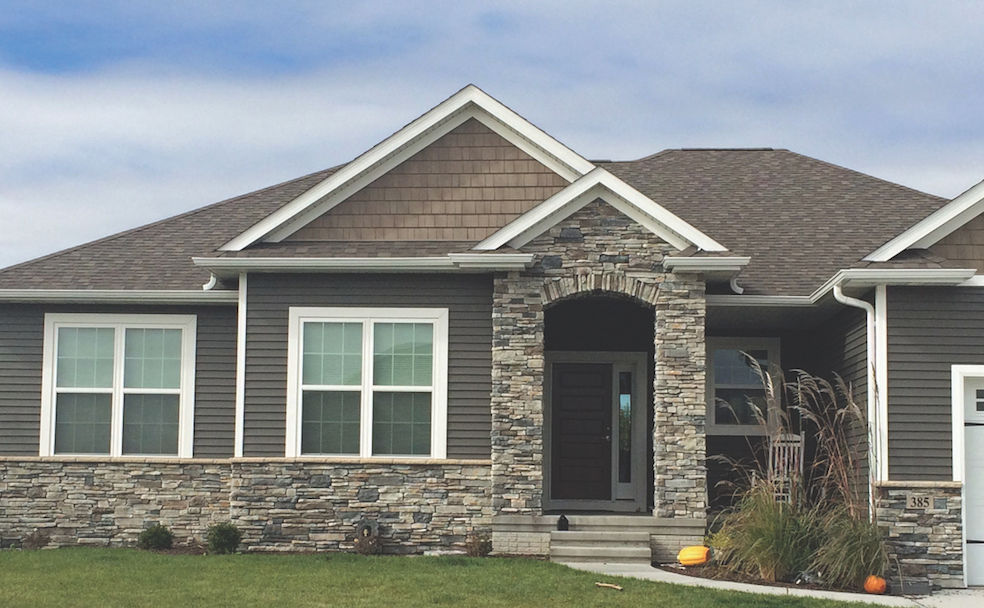Choosing exterior siding for your home is a big deal: your decision will be with you for a long time, and it is a major investment. Siding is the protective layer of your house that has the power to determine your home’s curb appeal and value, as well as the level of regular maintenance you’ll be putting into your home. Your budget and style should be major considerations when it comes to determining the best house siding options.
Our intention is to help make your siding decision easier and more precise. House siding types abound and vary in their durability, affordability, and maintenance needs. We’ll go through the contenders, offering pros and cons for each, and by the end, we hope you’ll be a little more empowered in your choice.
Different Types of Siding
Do a quick search for “home siding options,” and you’re likely to feel overwhelmed right away. House siding styles range from vinyl siding to natural wood siding, to stone veneer, to stucco, and many, many materials in-between. These materials vary widely in price and maintenance requirements. When making a siding cost comparison, it’s important to know your budget and style in advance. This will save you time, as you’ll be able to rule out certain materials right away.
Here are the most common house siding types with a breakdown of their features and benefits, durability, lifespan, affordability, maintenance needs, and color options:
Vinyl Siding
Made from a durable form of plastic, vinyl siding is the “people pleaser” of all siding options. It is affordable, comes in many colors and styles, and can imitate the look of other materials, such as wood.
Pros: Vinyl siding is very low maintenance and will never need painting. It has a slick surface so that debris slides off relatively easily when sprayed with water. Good vinyl siding lasts for 20 to 30 years. Vinyl is amongst the least expensive siding options and comes in a variety of popular colors.
Cons: Vinyl siding requires proper installation, or it can warp and crack, therefore you will need a contractor who has invested in the proper training and certification to install it. As well, vinyl siding cannot be patched, which means that the entire plank must be replaced if it is damaged. Lastly, if your home is historically significant, covering the original siding with vinyl can lower its value.
Fiber Cement Siding
Fiber cement siding offers great aesthetics and durability. Fabricated from Portland cement and various natural cellulose wood fibers, this type of siding can emulate genuine wood, brick, stucco, and stone at a level that is nearly indistinguishable from the real deal. It is made from recyclable materials, making it a more environmentally friendly option than others. James Hardie is our preferred brand of fiber cement siding. We love it because of its exceptional quality, color options, and durability.
Pros: With a wide range of colors, styles, and textures available, fiber cement siding gives you options. It can be shaped to look like natural materials, giving you the aesthetic you want with fewer maintenance needs. It is resistant to water damage, rot, insects, and fire, providing a strong, durable layer of protection.
Cons: Fiber cement will require eventual repainting. While fiber cement siding is cost-effective due to its supreme durability, it can be more expensive upfront than other home siding options, especially vinyl. Fiber cement is heavy, making it difficult for do-it-yourselfers to install on their own.
*Hardie Board vs Vinyl Siding – Here we sidebar to discuss fiber-cement house siding board and vinyl siding. Bottom line: it comes down to your budget. They are similar products in that they both emulate natural materials while, typically, offering lower maintenance and higher durability. In a side-by-side comparison, Hardie board, which is the more expensive option of the two, outperforms vinyl in most areas, including combustibility, texture, realism, and overall durability. Vinyl is still a great alternative if you’re on a more modest budget.
Composite Siding
Composite siding, also known as engineered wood siding, synthetic wood siding, or manufactured wood siding, is an alternative to traditional wood siding. Composite siding is engineered to closely resemble real wood by binding wood fibers in a matrix of resin, which is then compressed under heat to create a board-like material. These boards can be shaped into all types of siding and trim. Composite siding is usually treated with a coating to increase resistance to mold and moisture.
Pros: Composite siding is low maintenance and durable. It does not need regular staining or painting and can be cleaned with soap and water. Generally, it resists rot, warping, pests, and weather and has an expected 20–30-year lifespan. It can be easily painted to update the look of your home. Due to its thickness, composite siding offers some insulating benefits.
Cons: Although more durable than wood siding, composite siding still has a limited lifespan compared to other cladding materials, such as brick or stone veneers which can last up to 50 years with proper care. While composite siding is resistant to moisture damage, it may still be susceptible to impact damage from hail or debris. Due to its complex manufacturing process, composite siding is more expensive than other types of material.
Natural Wood Lap/Siding
When thinking about the best house siding options, wood is often first to mind. Wood is a classic material, and in historical construction, was the most common alternative where brick or stone were not practical. Types of wood siding include wood planks, boards or siding panels, and shingles.
Pros: Wood is considered by many to be one of the most attractive home siding options, providing an elegant, timeless look. It is relatively easy to install, and its aesthetic can be changed with paint.
Cons: Wood siding is expensive, and has consistent, high maintenance needs. It is susceptible to rot, water damage, and pests, such as termites. Wood is not an ideal material for wildfire zones.
Metal Siding
Metal is amongst the most durable siding. Due to dwindling supplies of quality wood in the 1950s, aluminum and steel became popular siding choices of that era, and the trend has continued. Commonly used to fabricate both lap siding planks and various shingle/shake style siding products, metal has evolved over time into an affordable, low-maintenance siding option.
Pros: Metal siding is moderate in cost. It is low-maintenance, extremely durable, and offers many styles to choose from. It also resists heat and fire.
Cons: Metal siding can become dented and is loud in hail or rainstorms. Over time, finishes can fade or get chalky, and repainting requires careful preparation.
Stucco Siding
Stucco is a cement-type mixture made of sand, cement, lime, and water. This combination creates a thin finish coat that is layered on top of other material. While stucco color is typically tinted before it is applied, it can also be painted. Pre-mixed stucco finish can be purchased at most home centers.
Pros: When properly applied, stucco can last for up to 50 years. It is low-cost compared to other styles of siding. It can be textured as well as tinted to match different architectural styles.
Cons: Stucco is easily damaged; it can chip and fragment, requiring frequent repair. Stucco is unsuitable for extremely cold climates.
Stone Veneer
Stone veneer, architectural stone, veneer stone, and manufactured stone are all different names for engineered stone that is meant to look like natural stone. Stone veneer is a slurry of Portland cement (which adds stability), aggregates, and iron oxides (which add pigment). This combination is then molded and baked to look like stone. *Veneer stone is not the same as faux veneer stone, a high-density polymer product that feels closer to Styrofoam than stone.
Pros: Stone veneer is lightweight and easy to obtain. Generally, it is far less expensive than natural stone.
Cons: Colors tend to fade over time. Inexpensive versions can have highly repetitive patterns or monochromatic colors and be thin and brittle.
Veneer Brick Siding
Like full brick siding, veneer brick is made with clay and mortar, but the brick is only ½” to 1” thick, making it a much lighter option than full brick. Some manufacturers use reclaimed bricks, cutting them thin to create several veneer bricks out of each one, while others make veneer brick siding out of fresh materials.
Pros: Veneer brick is durable and low maintenance, lasting 50 years or more. It is easier to install and costs less than full brick. Since much of the brick used is reclaimed, it is often considered to be a green building material.
Cons: Veneer brick siding is slightly more expensive than wood or fiber cement siding and significantly more than vinyl. Tremors caused by earthquakes or by heavy vehicles can cause mortar to crack. Climates with heavy rainfall may also cause cracks, creating water intrusion issues for the framing.
Choosing the right siding is a matter of your budget, architectural style, location, and willingness to maintain the siding. Restoring a historic home, for example, might require natural wood in order to maintain its authenticity and value. Fiber cement, on the other hand, is an excellent choice for other types of homeowners, as it is difficult to distinguish from real wood, yet it resists fire and heat damage and requires far less maintenance. If you are more budget conscious, vinyl siding is a great choice for durability, attractiveness, and ease of care.
Ultimately, replacing your siding offers great rewards in terms of your home’s value. In many cases, it adds higher value than other types of home improvement projects. At B&B Siding and Roofing, we want you to make empowered choices when it comes to your home. Do what fits your budget, lifestyle, and tastes, and if you have questions about how to move forward, we are always here to serve and guide you.


